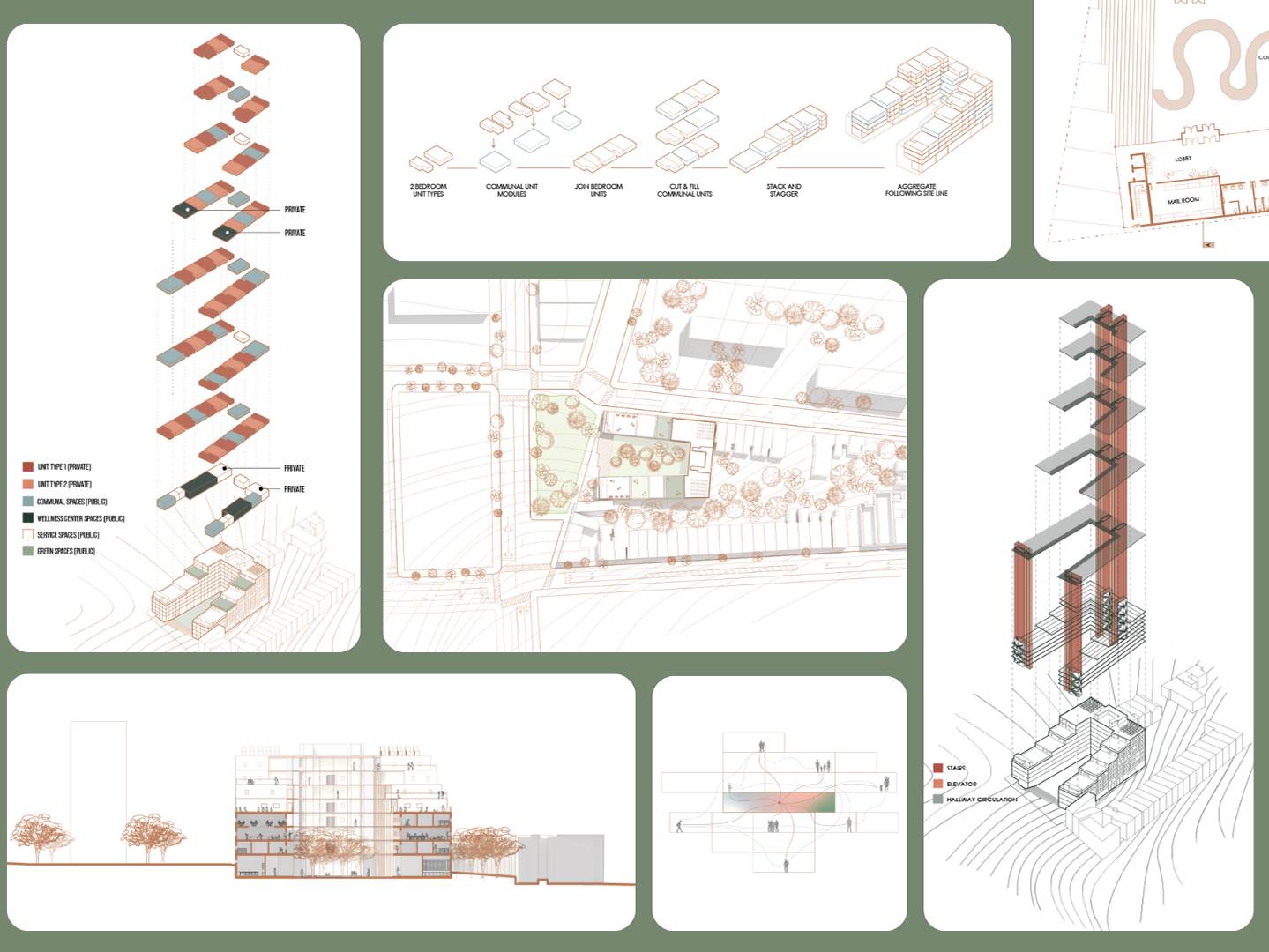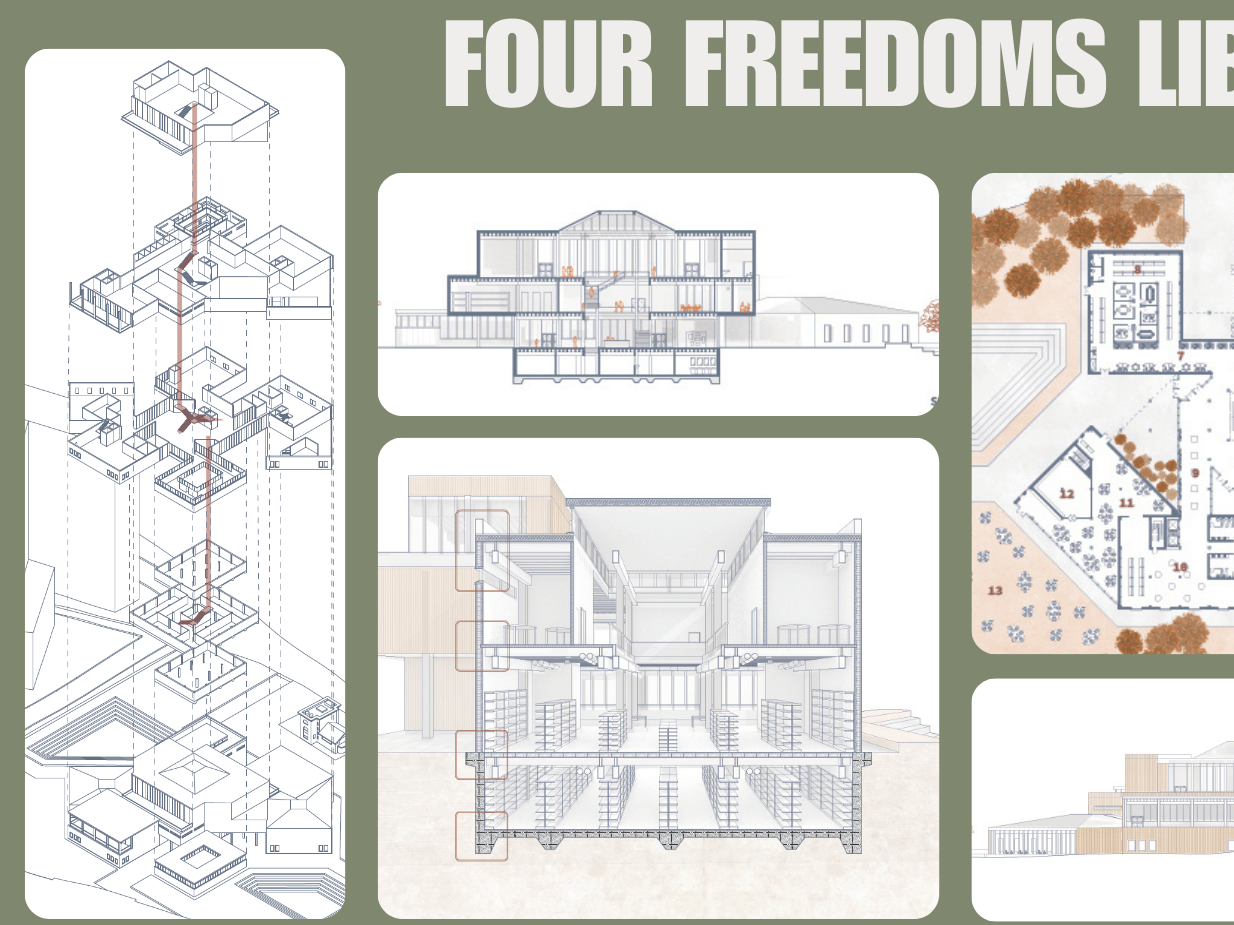Typology : Museum
Professor : Vera Parlac
Date : Fall 2023
This project explores the notion of density and porosity that is distinctly seen throughout Venice. The unique quality of these two elements allow users to occupy
the space in a completely different manner, and in a way that is relatable to the area. In doing so, the traditional typology of a museum is reinvented and celebrates the artist and the work more experientially.
the space in a completely different manner, and in a way that is relatable to the area. In doing so, the traditional typology of a museum is reinvented and celebrates the artist and the work more experientially.
These notions are achieved by aggregating basic programmatic modules and
looking for ways to introduce porosity of urban and building form that allow for specific experiences of the building, its ground, and the surrounding city. The modules represent individual building blocks of space, but when arranged together intentionally, they enhance the relationship between each - seamlessly guiding the visitor through Canaletto's creative process.
As one wanders through the building they are exposed to varying lengths of transparent and solid corridors. This encourages them to appreciate the beauty
within the city of venice in parallel to that of the artist's work in the galleries. This architecture becomes another form of art itself while still encouraging visitors to appreciate the Canaletto's art, and allows individuals to fully immerse themself in the experience of wandering.
Spatial Explorations
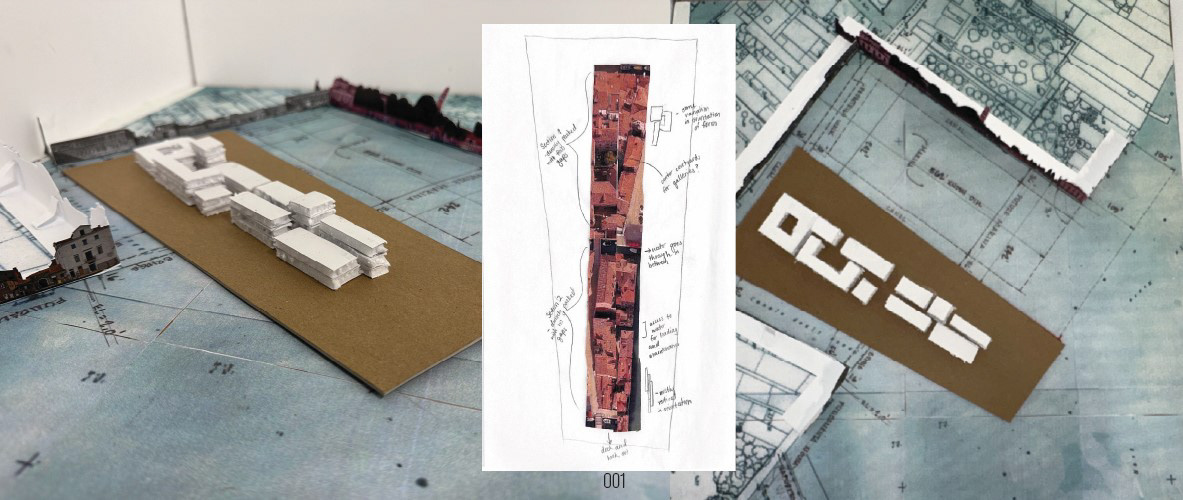
Urban Study 01
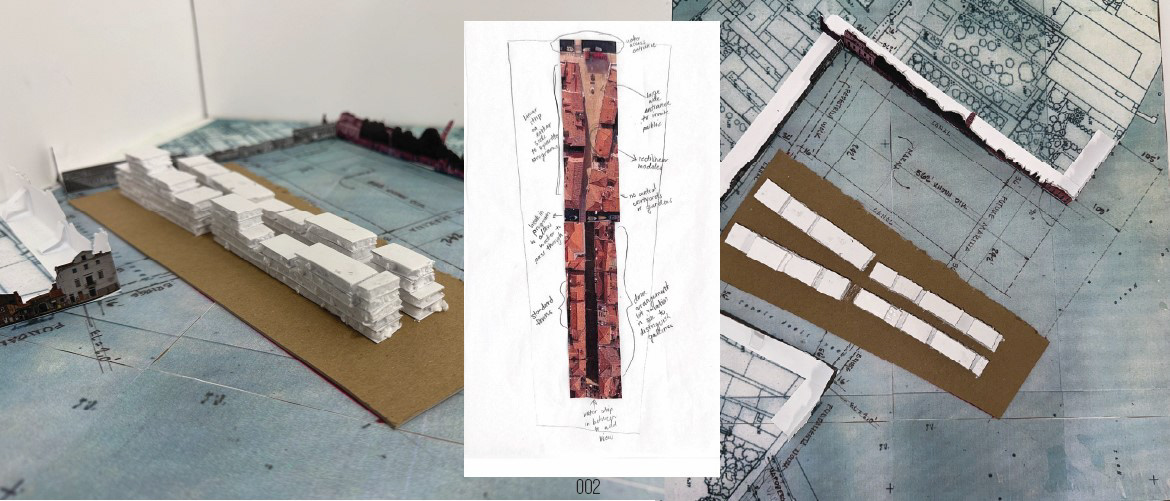
Urban Study 02
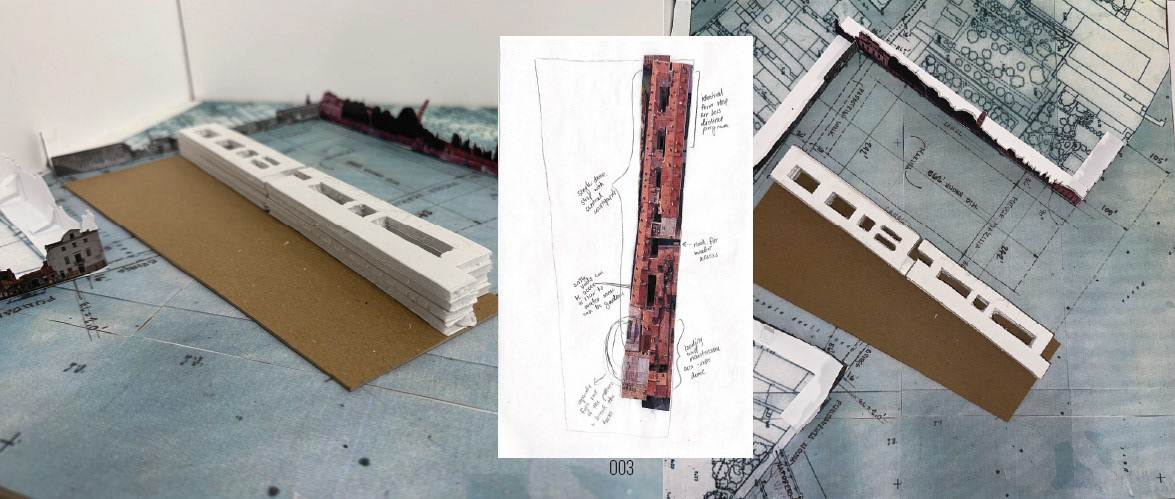
Urban Study 03
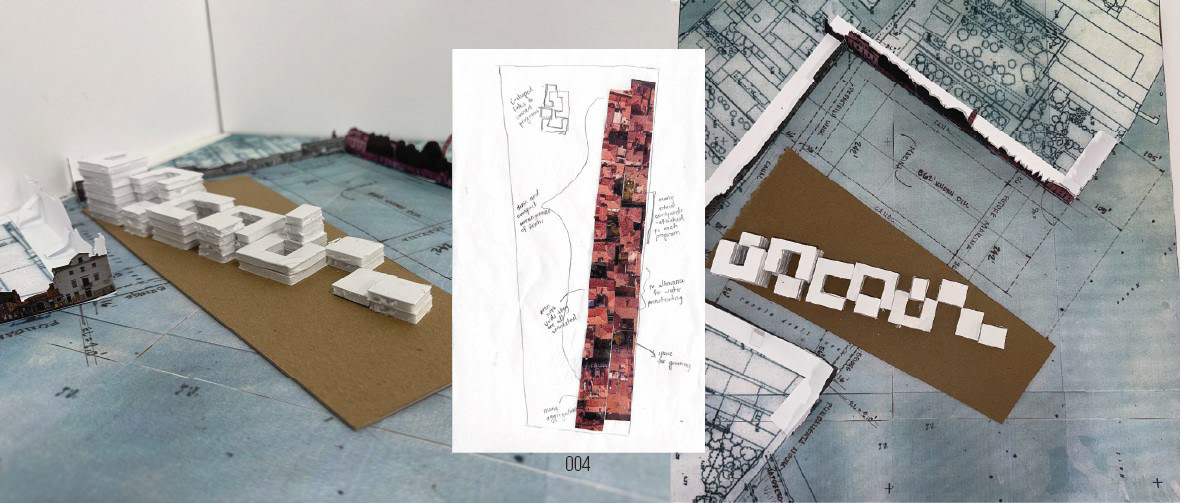
Urban Study 04

Urban Study 05
Beginning the design process with a rigorous practice of iterations, we were able to develop a series of urban studies that then informed our final massings, concepts, and site relationships. Since this site context is so unique, it allowed me to use the existing conditions and motifs of the area to identify how this typology might best fit within the urban landscape that is already provided, while still creating a refreshing atmosphere for the proposed architecture.
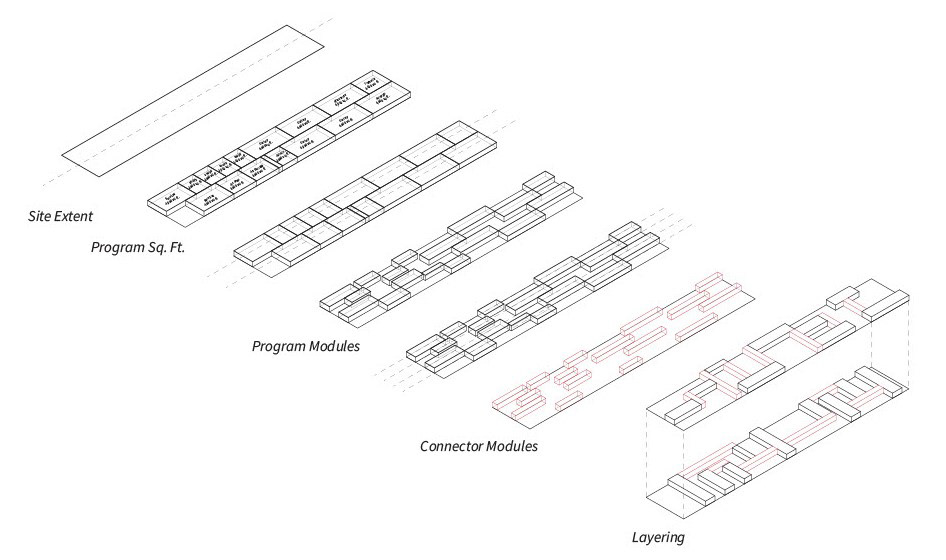
Formal Ordering Systems
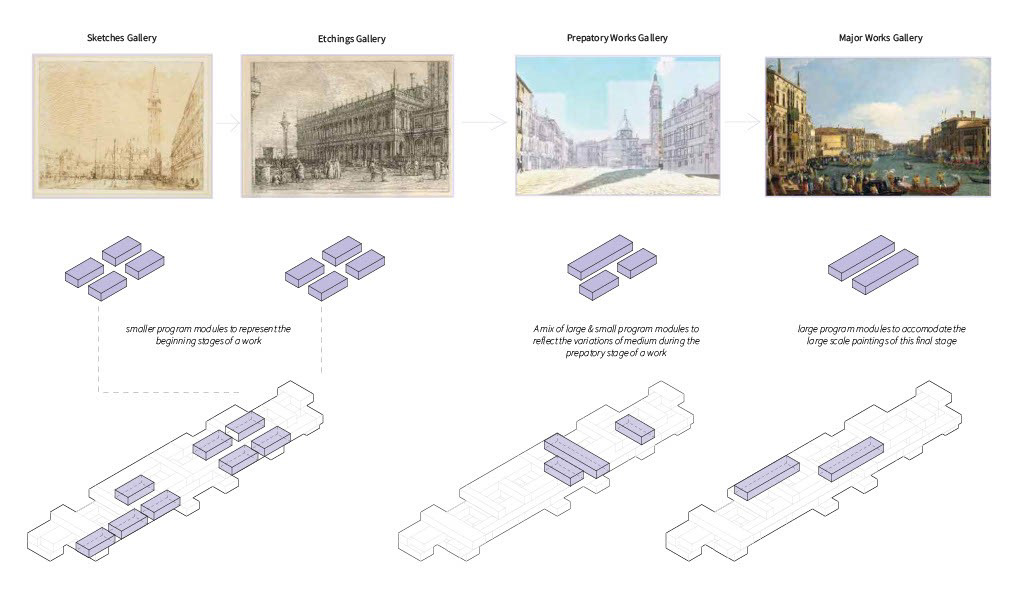
Functional Organization
Once the formal and functional relationships between these modules were determined, the programs began to fall into place and suggested a unique experience of movement within the museum. This further added to the reinvention of the typology and experiential quality of not only the architecture, but the surrounding context of Venice as well.
Programmatic Distribution
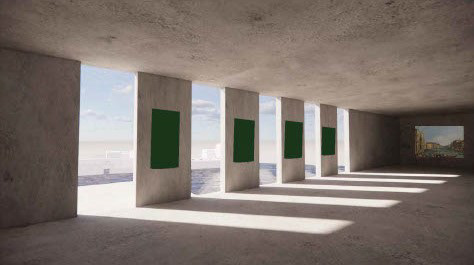
Interior gallery spaces
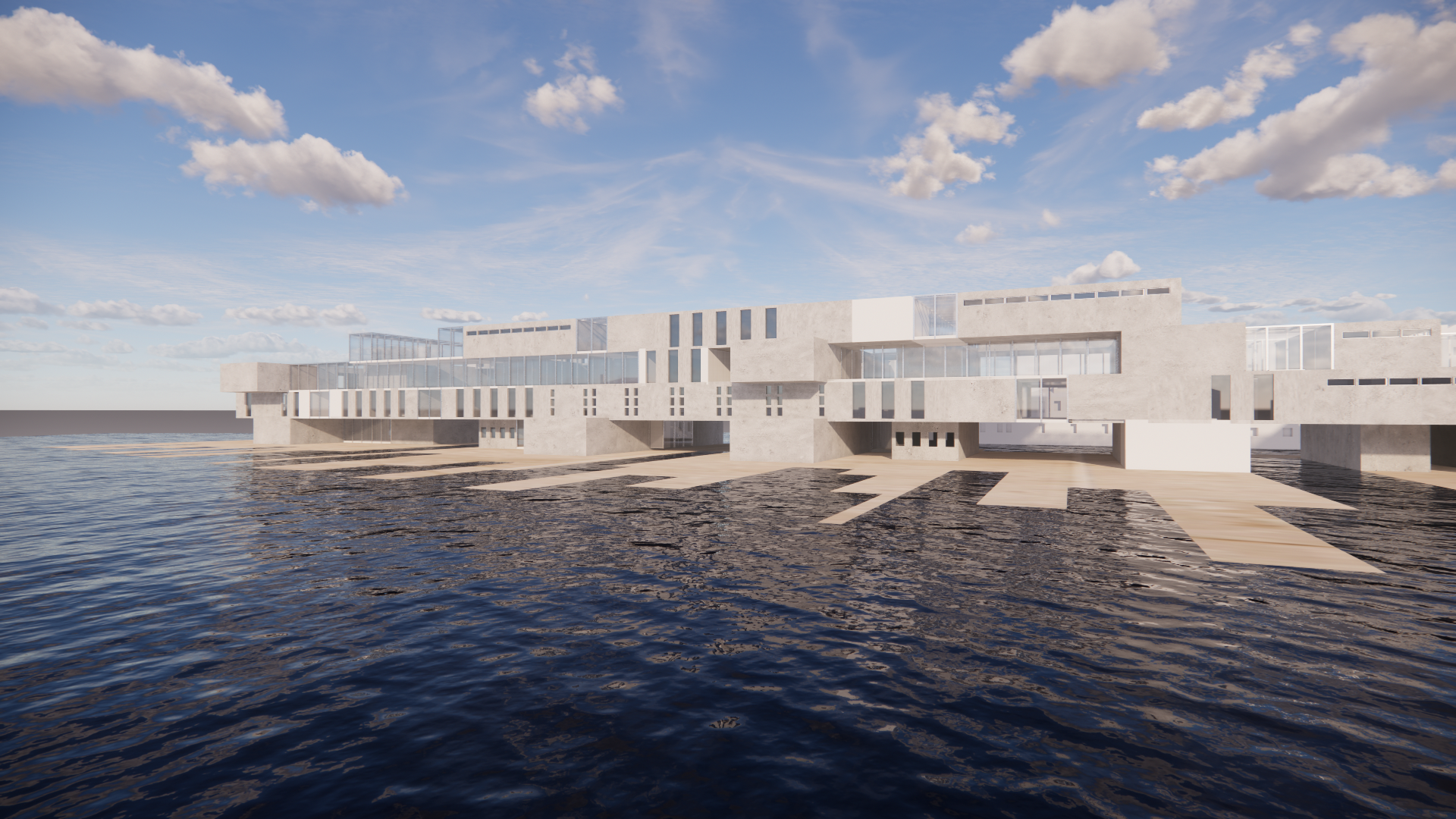
Exterior waterside view
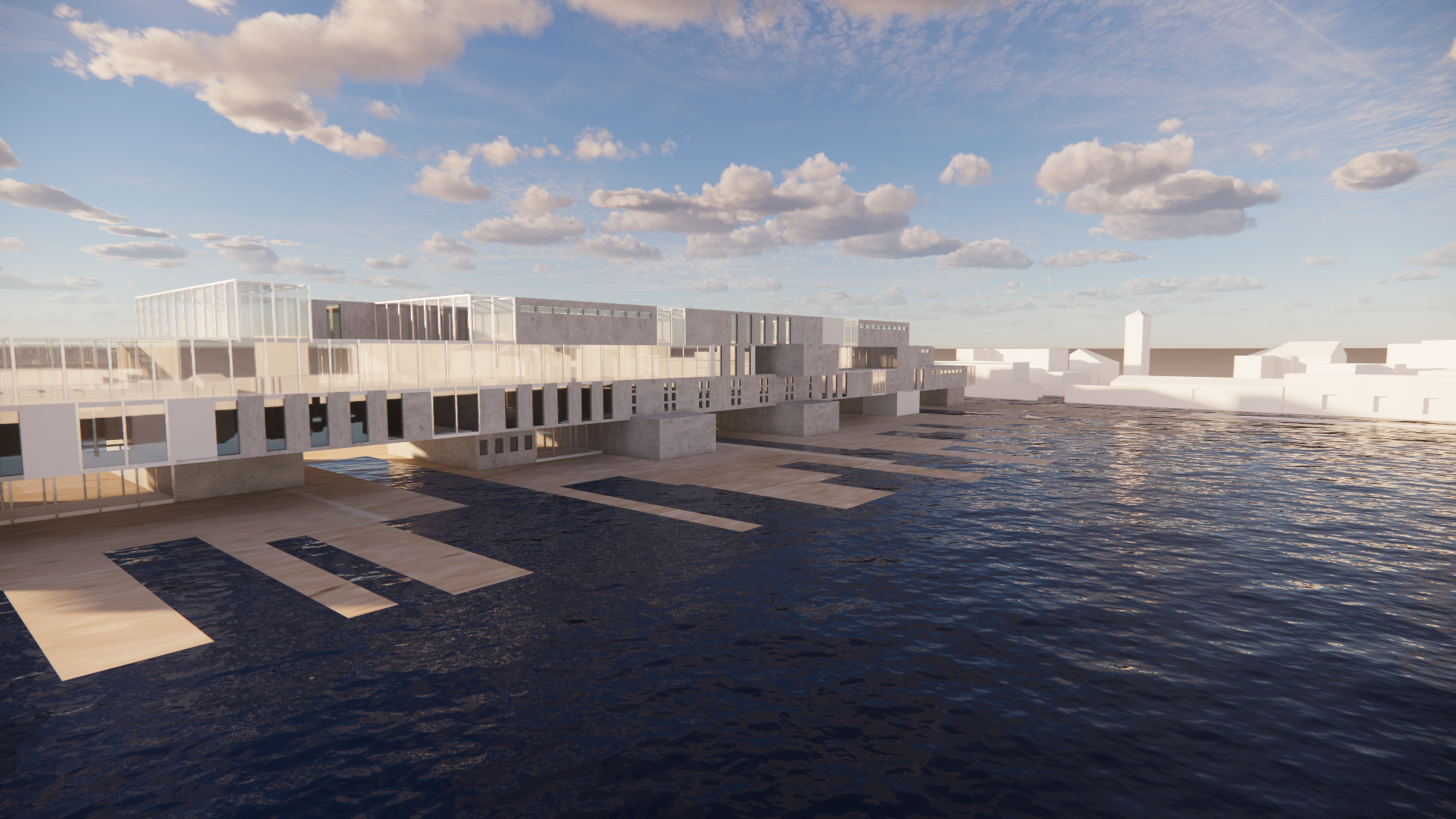
Exterior waterside view
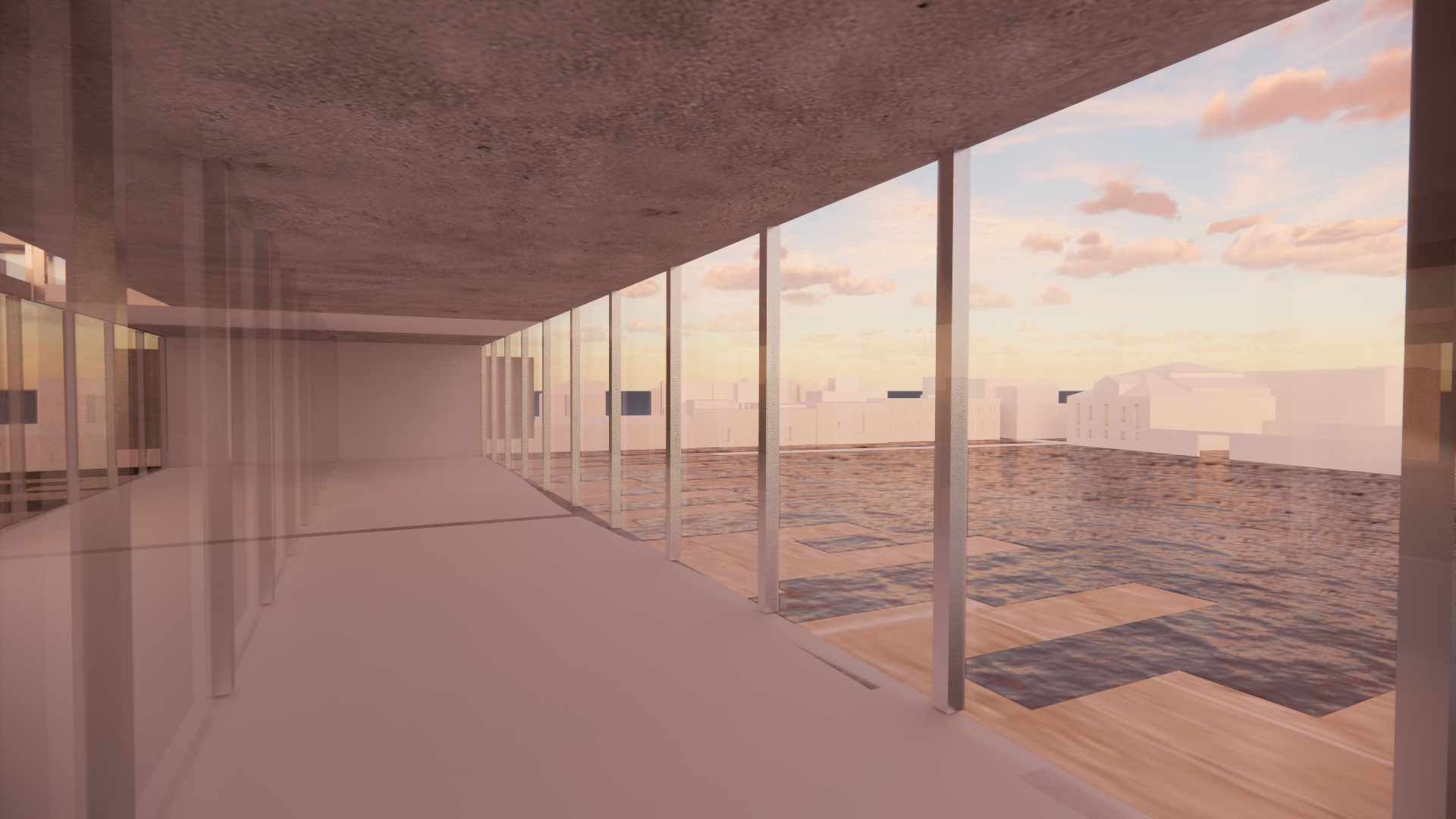
Typical passageway looking outwards
These last few drawings rigidly express the architectural implications of the formal, functional, and programmatic systems developed throughout the course of the project. Although subtle in their language the drawings attempt to highlight movement through and around the architecture, areas of density & porosity, light & heavy, and the overall structural makeup of the building.

